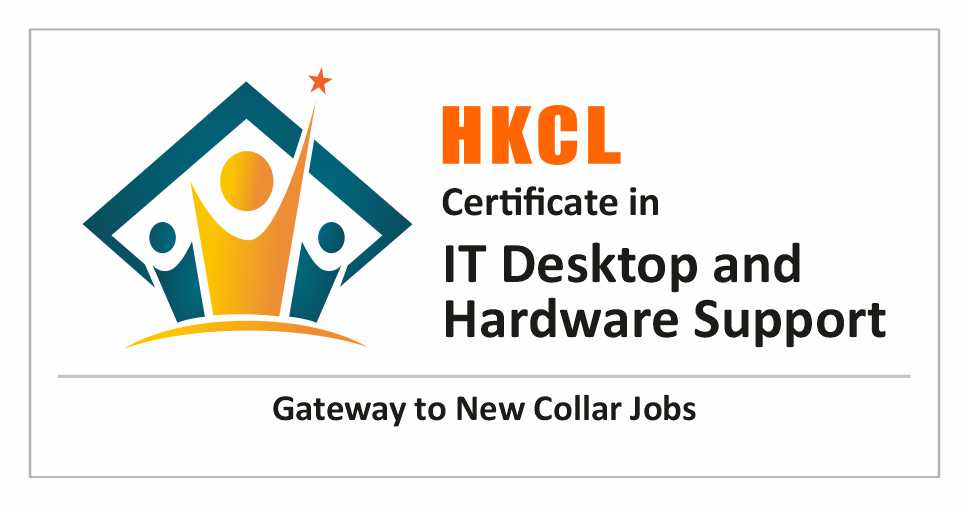A desktop support technician can work with companies/enterprises having an IT infrastructure including desktops and laptops or the companies who are providing operating system sales and support.
The career opportunities for Desktop Support Technician are:
- Companies/enterprises having an IT infrastructure
- Companies who are providing operating system sales and support
A hardware support technician can work with companies/enterprises having an IT infrastructure including desktops and laptops or the companies who are providing hardware sales and support.
He/She can do a job or can work as an IT Hardware Support Consultant. A fresher can draw up to Rs. 100,000/- p.a.
